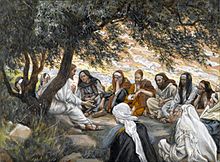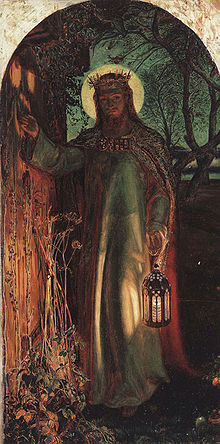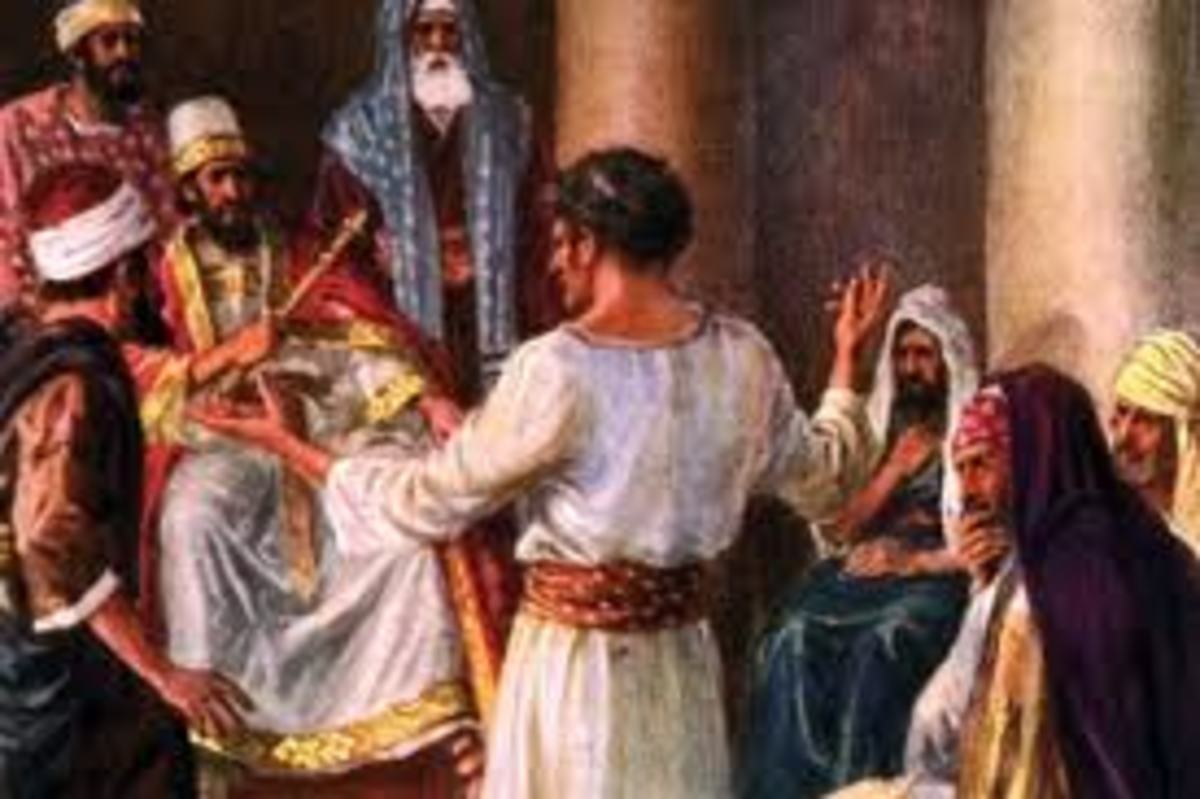Bible: What Does John 9 Teach Us About Jesus, the Light of the World?
Jesus: The Light of the World


The Man Born Blind
Having left the temple, Jesus and His disciples now observe a man born blind (v. 1).
The disciples’ query about the cause of this man’s condition affords a few observations:
(1) The spokesman for the twelve assumes that sin caused the blindness.
(2) He conjectures that the man’s own pre-natal sin caused his blindness from birth.
(3) He assumes that Jesus knows why the man was born blind (v. 2).
Christ corrects His disciples’ first assumption, ignores their second, and confirms their third.
First, He indicates that sin, in this particular case, did not cause the blindness (v. 3a).
[Note: Jesus does not rule out the possibility that sin sometimes causes illness or disease; sin just did not precipitate the condition in this man’s case.]
Second, He does not settle this issue; it does not appear to be His intention.
Third, the Lord provides the reason for the man’s status: his healing would witness to God’s wondrous works (v. 3b).
[That man should benefit in the healing appears to be a good, but almost incidental, by-product; of utmost importance to Jesus is the revelation of God’s power and glory.]
Jesus acknowledges the absolute necessity (“must”) that He perform His Father’s “works” of power when opportunities present themselves (“the day”), for a time would soon come when God would allow Satanic opposition (“the night”) to curtail all overt “Christian” activity (v. 4).
He sees one of His roles as being “the light of the world” (v. 5).
[Jesus employs a heavy dose of metaphor.
Not only does He bring moral and spiritual sight to people, but He also heals the physically blind.]
The Pool of Siloam

Pre-Conversion Idea About Jesus' Identity
view quiz statisticsAs He always does, Christ “practices what He preaches.”
In this case, He prepares a clay poultice, applies it to the blind man’s eyes, and sends him to wash in Siloam (v. 6).
The Apostle John rather matter-of-factly reports that the man returns to the scene, after having washed in the pool of Siloam (in obedience to Jesus’ command), with his sight restored [v. 7].
Disagreement ensues among his neighbors about the blind man; the now sighted man quells the debate by assuring them that he used to be blind until Jesus cured him (vv. 8-11).
When they ask him to locate this Healer, the formerly blind man confesses that he does not know Christ’s whereabouts (v. 12).
Having been brought to the Pharisees on the Sabbath (the day Jesus healed him) [vv. 13-14], this man now begins a fascinating and revealing dialogue with them (vv. 15-34).
After hearing a brief testimony from him, the Jews create divisions among themselves; some believe that Christ, the Sabbath breaker, is not from God, while others question how this sinner could perform such “signs” (vv. 15-16).
Asked for his opinion, the formerly blind man suggests that Jesus is a prophet (v. 17).
Not caring for his answer, the Pharisees begin to doubt that the man was, in fact, born blind; finding his parents, they ask them to verify first that he is their son, and second, if he is their son, to tell them how he came to see (vv. 18-19).
The parents validate the points that he is their son and that he was born blind (v. 20); however, recognizing that he has placed himself on the wrong side of the religionists, they claim ignorance of the issue, forcing their son, a man “of age,” to defend himself and answer the question of how the miracle occurred (v. 21).
John, editorializing, discloses the real reason the parents keep silent: to avoid the social embarrassment of excommunication from the synagogue (vv. 22-23).
The Reaction of the Defeated
view quiz statisticsReceiving no satisfaction from them, the Pharisees, having already judged Jesus guilty, again turn to the man, seeking any corroborating evidence that he can supply (“Give God the glory”) [v. 24].
His reply manifests wisdom, humility, and truth; he wisely and humbly does not claim to know Jesus’ moral status—something the Pharisees do not hesitate to assert in their arrogance—but simply recounts the amazing fact that he can now see—something the Pharisees seek to explain away (v. 25).
When they pressure him to repeat his testimony—perhaps trying to catch him in some inconsistency—the man does not kowtow to them, but chides them for not listening to him the first time (vv. 26-27a).
He even consciously (or more likely, unconsciously) puts them on the spot, conjecturing that they seek to hear his testimony again because they want to become Jesus’ disciples (v. 27b).
The Pharisees counter his suggestion by accusing him of being Jesus’ disciple—not yet a fact—and confessing emphatically and publicly their adherence to Mosaic orthodoxy (v. 28).
They assert their (correct) belief that God spoke to Moses, but then confess ignorance of Jesus’ origin (v. 29).
Recognizing the Pharisees’ incredulity, the man logically and incisively destroys their argument, reducing them to frauds who can now only resort to blatant slander and ad hominem attacks (vv. 30-34).
First, he ridicules their ignorance of Jesus’ origin, forcing them to take into account that they have seen Him cure his blindness (v. 30).
Second, the man simply states two elementary truisms—God does not hear sinners, but does hear worshipers who do His will (v. 31)—, and then links them to the facts of the uniqueness of what Jesus did (v. 32) and of the impossibility of this miracle happening apart from God’s working (v. 33).
Having been convincingly rebuked by the man’s impeccable argument, the Pharisees verbally attack him for opposing their “holiness,” denigrating him for his inborn depravity, and then they excommunicate him (v. 34).
[God’s wisdom surely worked in this graced man to bring the Jews into further disrepute.]
Spiritual Blindness

Christ does not abandon His new friend to societal ostracism, but immediately seeks him out and endeavors to bring him into a new community of believers in Himself (v. 35).
As soon as Jesus identifies Himself to the man as the Son of God, the latter believes and worships Him (vv. 36-38).
The Lord declares that He came into the world to open the eyes of the spiritually (and physically) blind [the blind man] and to blind the eyes of those who falsely claim to have spiritual understanding [the Pharisees] (v. 39).
[Ryrie points out that judgment was not the purpose of Jesus’ first advent, but people’s choices against Him brought about this judgment (New Testament Study Bible, 182; cf. 3:17).]
When the Pharisees accompanying Him comment facetiously about their own blindness (v. 40), Jesus maintains that they would have no sin if they confessed that they were blind, for then He would have healed them.
They, however, believe that they have spiritual understanding (“We see”); therefore, He declares to them that they remain in their sins [vv. 40-41a].
© 2014 glynch1







